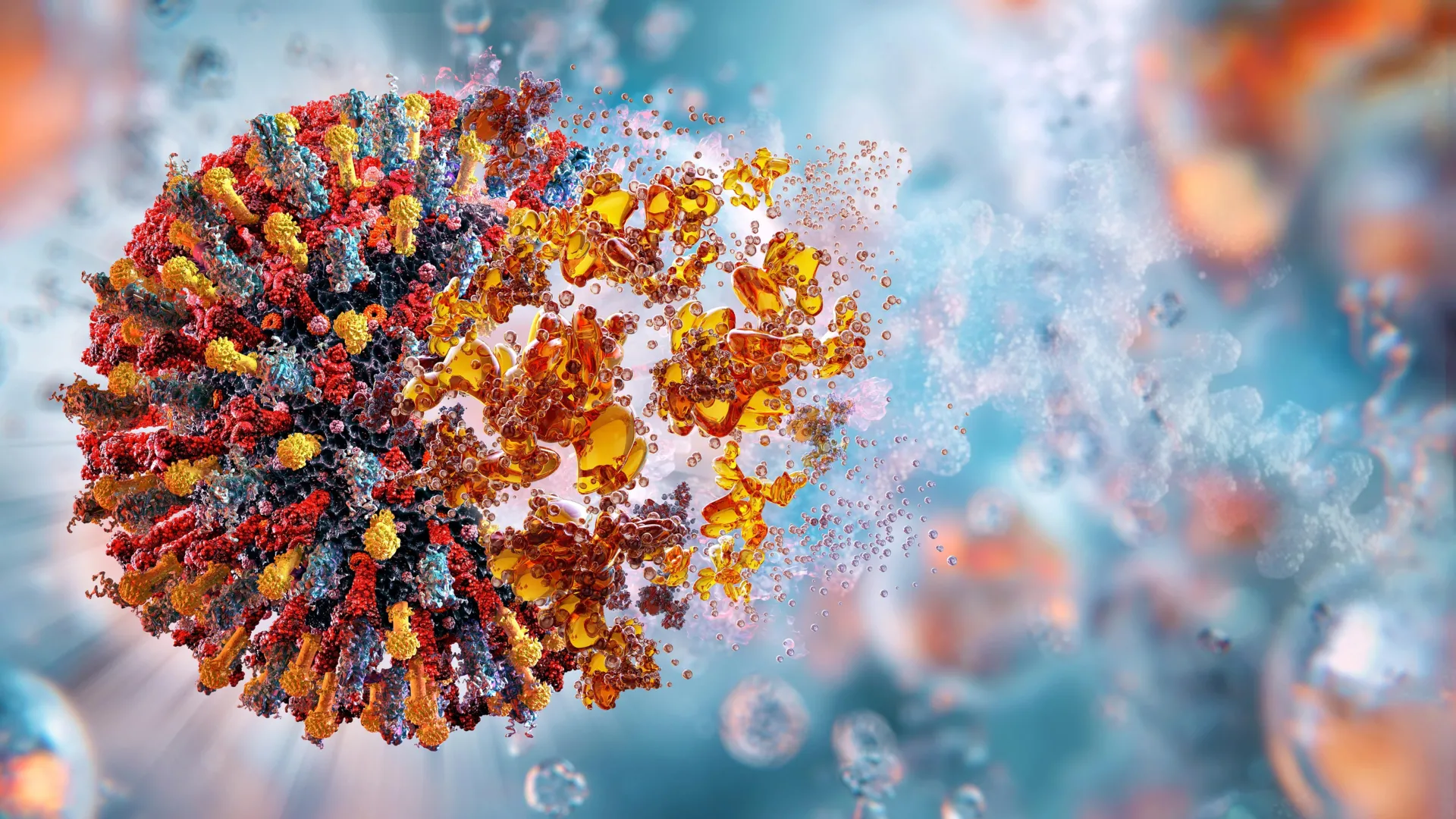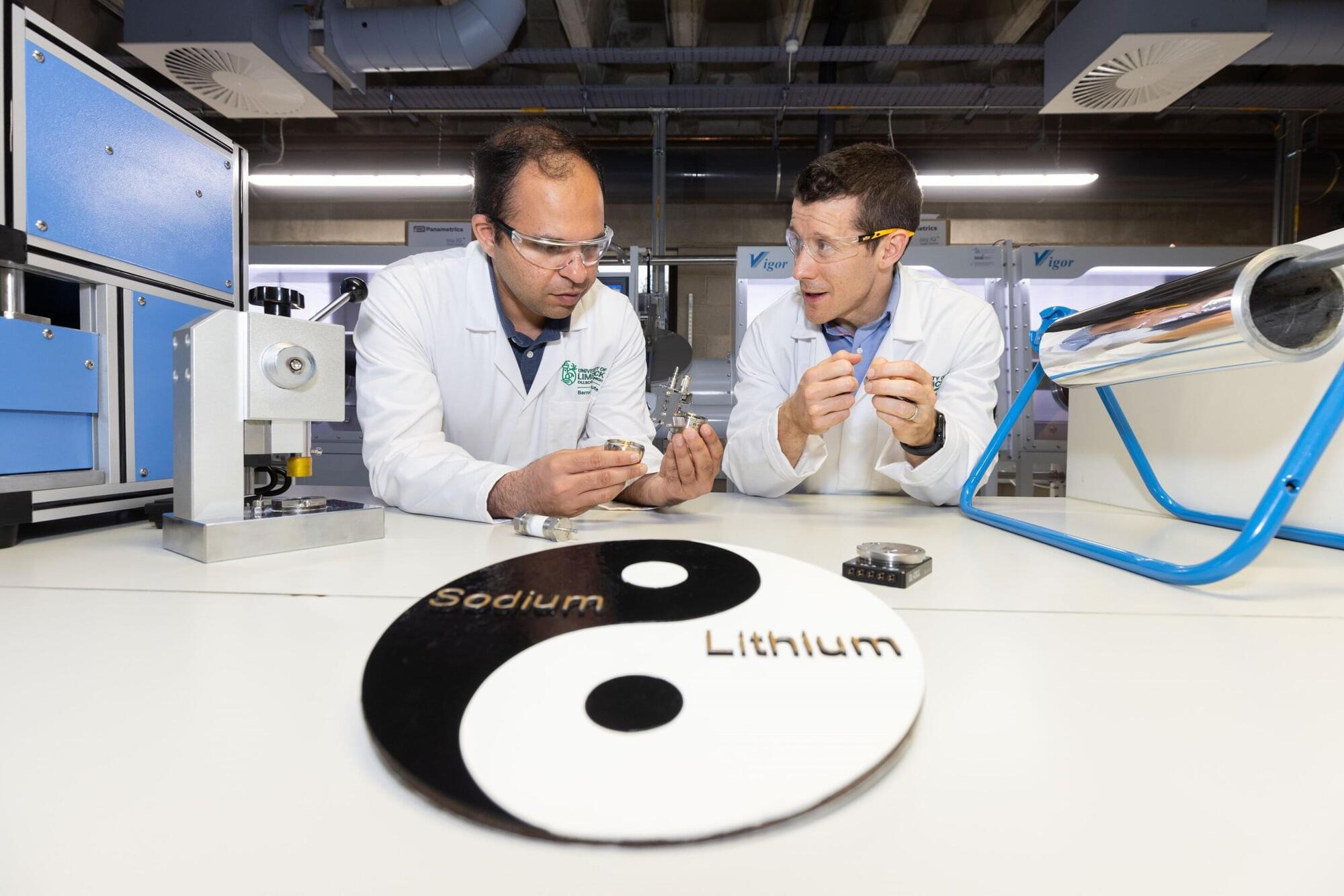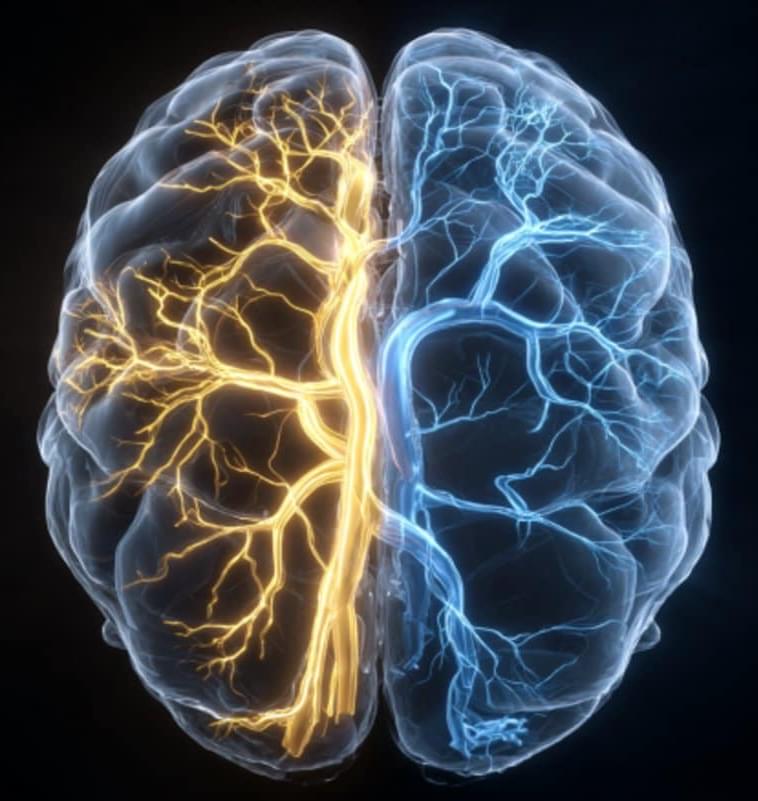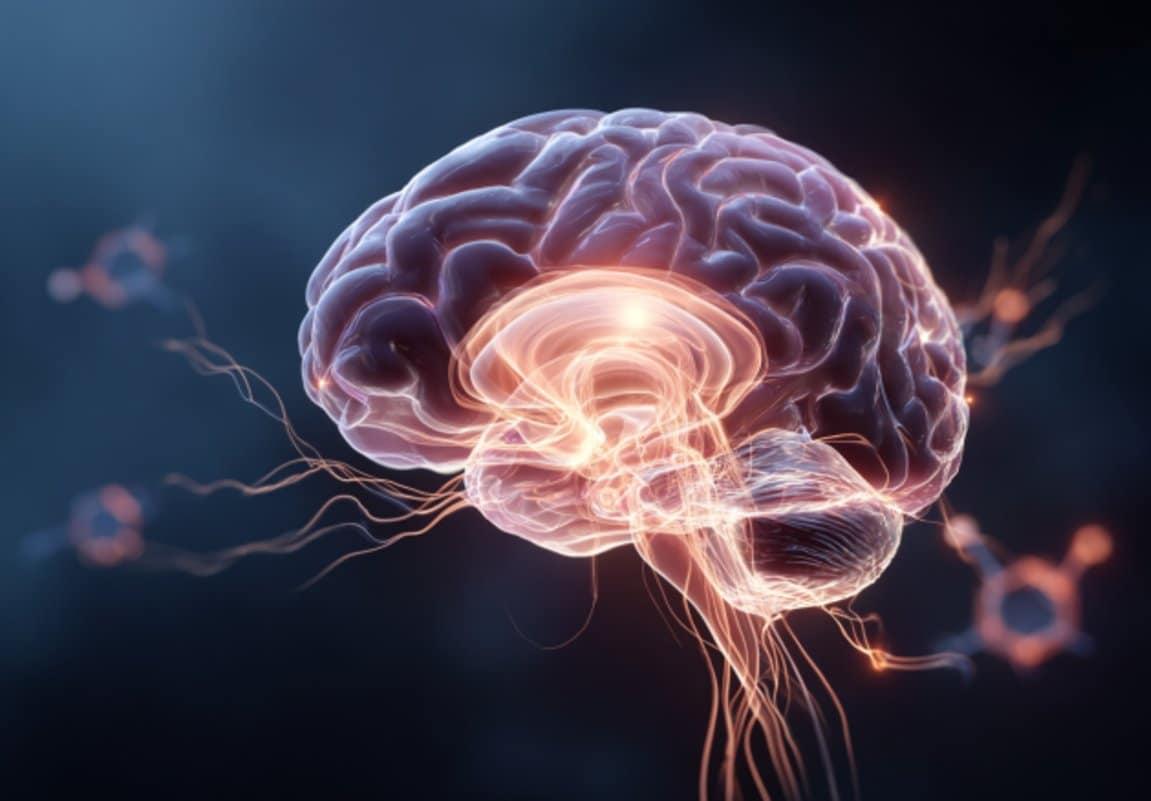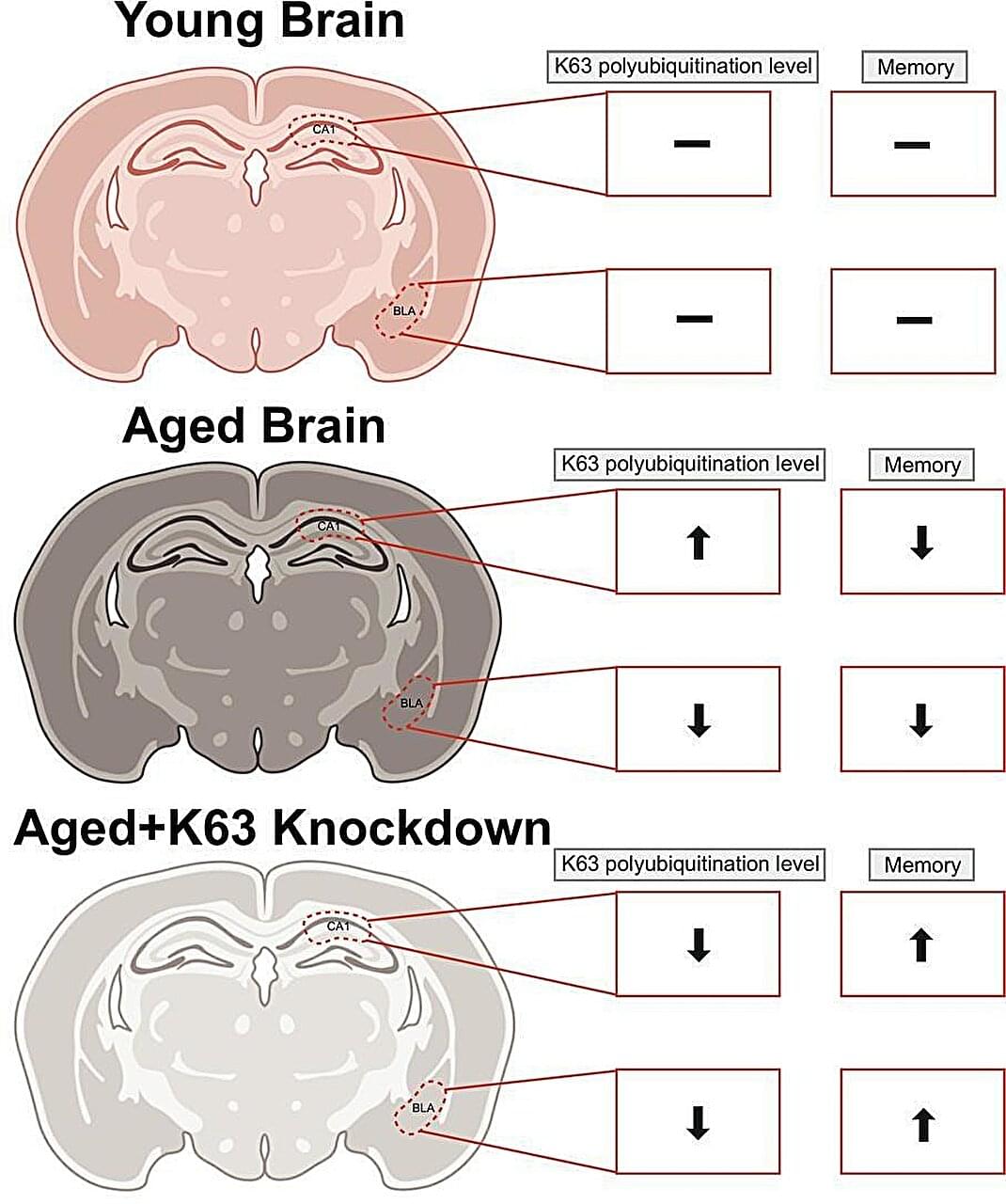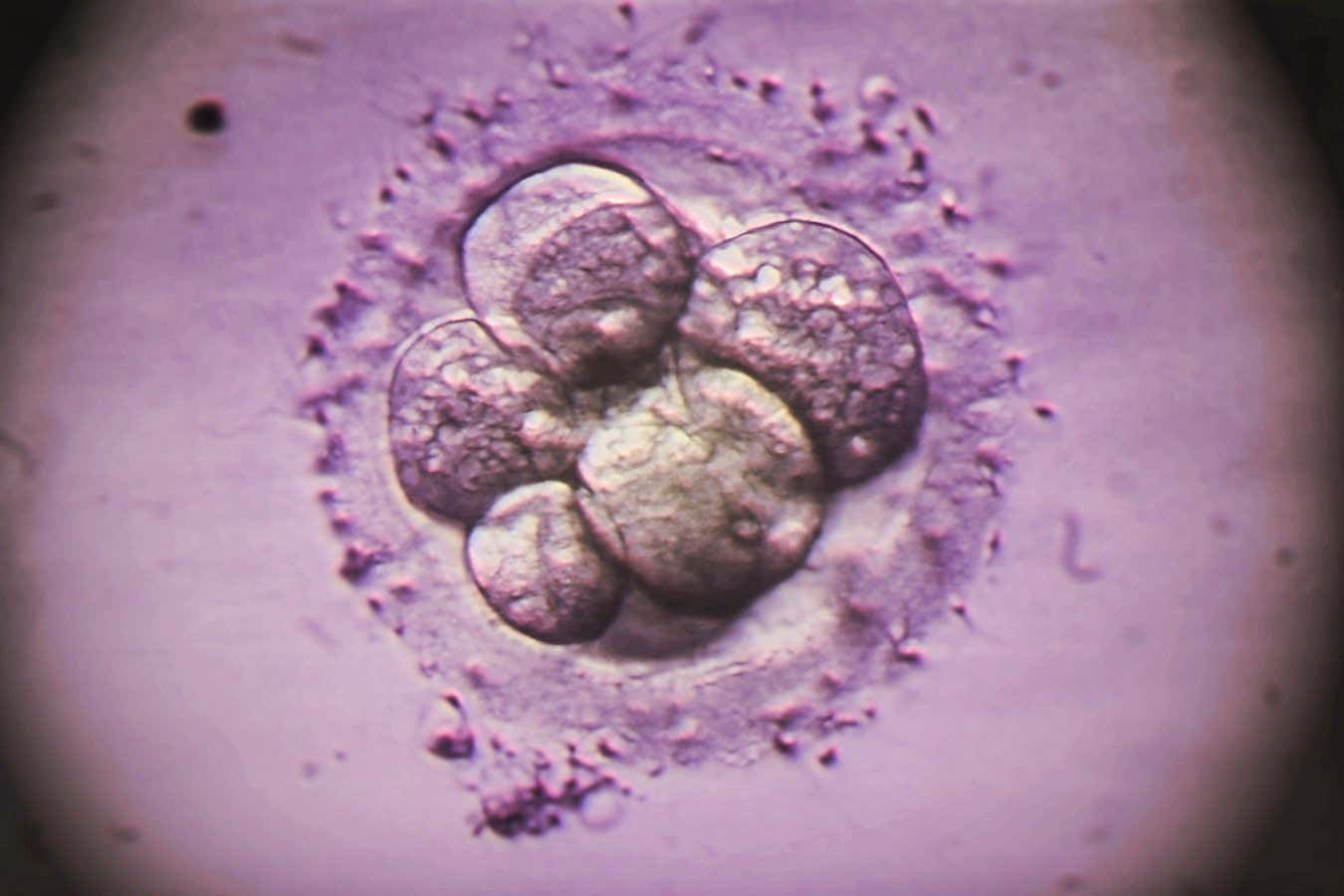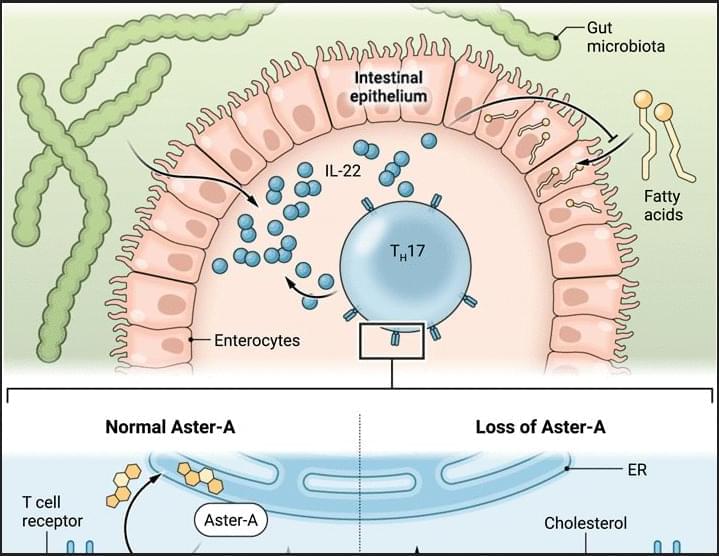Researchers at the University of Massachusetts Amherst have shown that their nanoparticle-based vaccine can successfully prevent several aggressive cancers in mice, including melanoma, pancreatic cancer, and triple-negative breast cancer. Depending on the cancer type, up to 88% of vaccinated mice stayed tumor-free (depending on the cancer), and the vaccine also reduced — and in some cases completely prevented — the spread of cancer throughout the body.
“By engineering these nanoparticles to activate the immune system via multi-pathway activation that combines with cancer-specific antigens, we can prevent tumor growth with remarkable survival rates,” says Prabhani Atukorale, assistant professor of biomedical engineering in the Riccio College of Engineering at UMass Amherst and corresponding author on the paper.
Atukorale had previously shown that her nanoparticle-based drug design could shrink or eliminate tumors in mice. The new findings reveal that this approach can also prevent cancer from forming in the first place.
